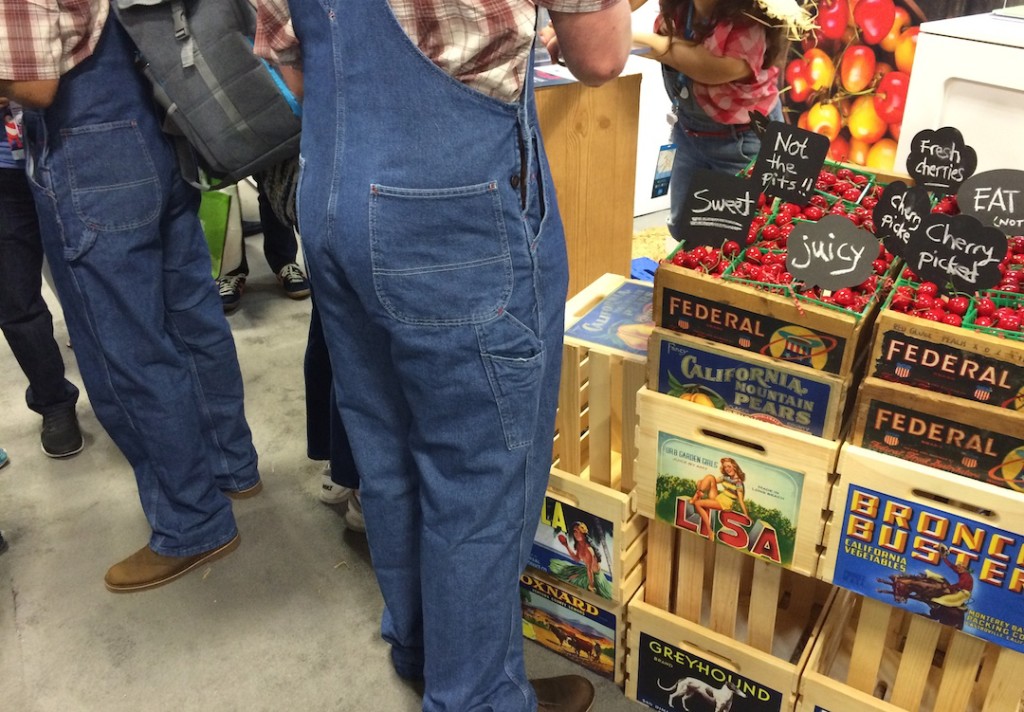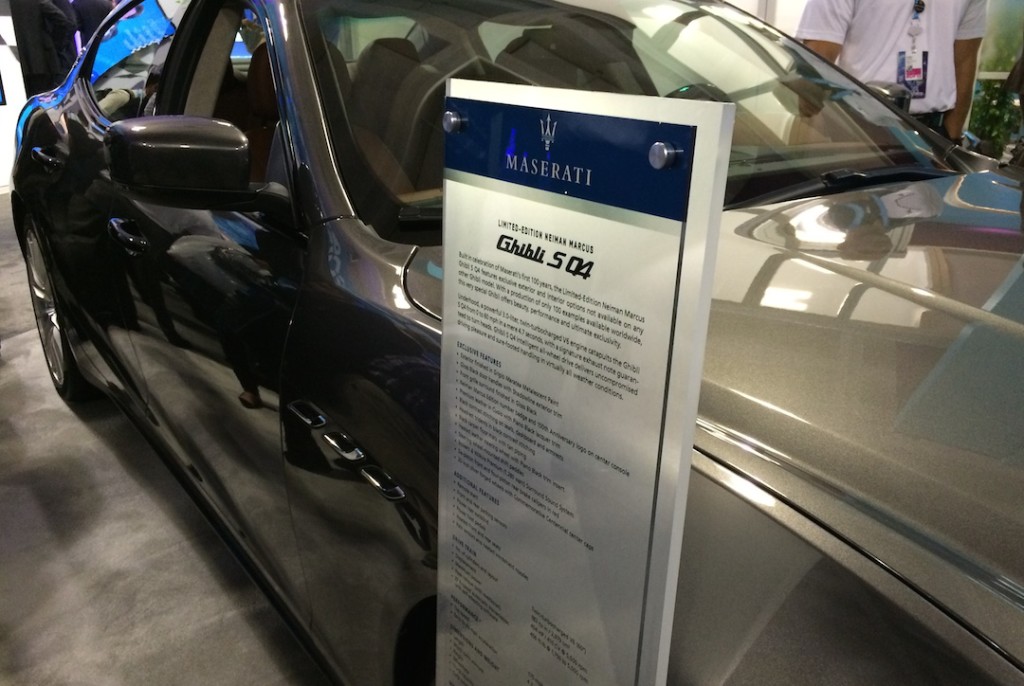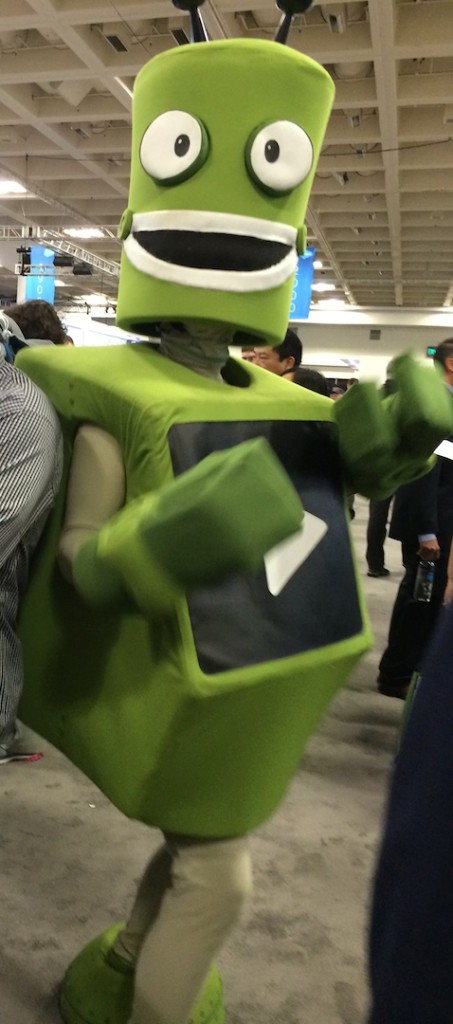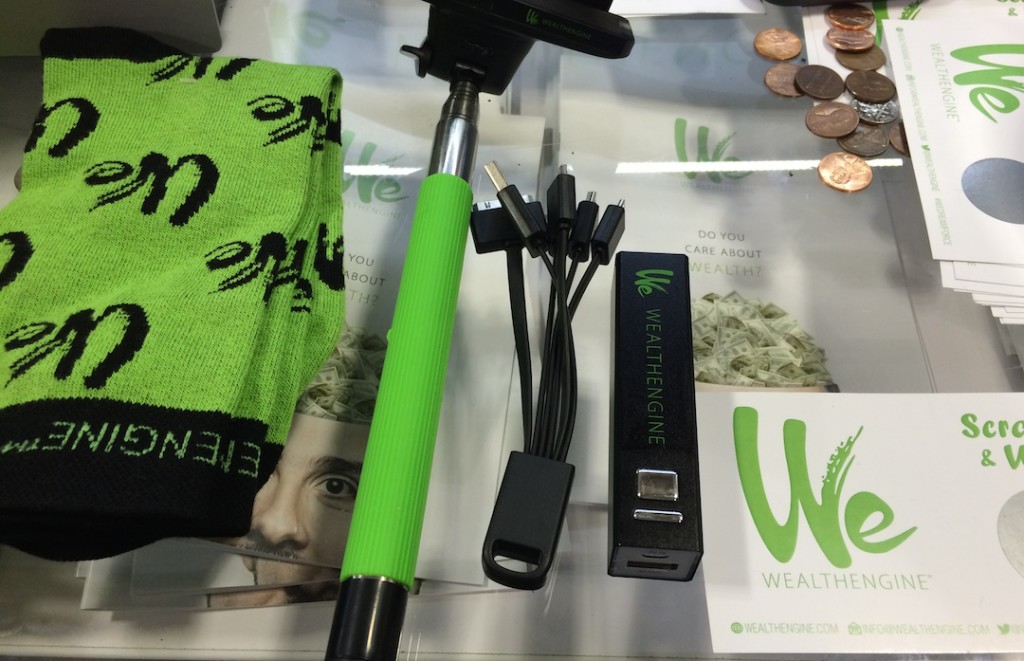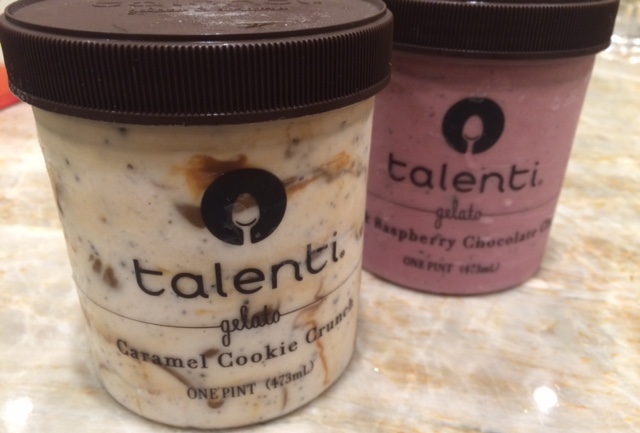In technology marketing we often think bigger will be better. Complexity must be cool, and sophistication is sexy. But with everyone locked in an arms race to one-up each other for attention, sometimes the best attention comes from going back to basics.
Such as socks.
This week is Dreamforce, the giant technology conference and be-in for those of us in the jeans-with-suit-jacket set. The expected attendance this year is 150,000. The show is so big Salesforce rented a cruise ship.
So it’s no surprise that there are lots of companies vying for everyone’s attention. On the expo floor, exhibitors are up to their usual tricks to one-up each other.
Did your team come dressed in matching outfits? There’s somebody else with a full farm getup. I didn’t catch what this company was selling or how coveralls and fake cherries were related to their product.
Did you hear about the sponsor that’s giving away a Tesla? Yes? Somebody else is raffling off a Maserati. I don’t see their logo anywhere on that ride.
And there is no shortage of costumed characters. This robot was coming over to fist bump me. But mascots don’t talk, and I couldn’t spot this one’s company in the mob.
In short, these cries for attention didn’t make a huge splash at Dreamforce today. No doubt some people are talking about these tactics, and they are surely better than nothing. But they lack uniqueness.
What did stick out was a more understated approach on display at WealthEngine. Like hundreds of vendors, WealthEngine has a swag giveaway. Rub the scratch-off to win one of the four prizes: power pack, adapter, selfie stick… or socks. The booth staff told me the socks were the most desired item.
After visiting WealthEngine I stepped to the side and watched people coming to their booth. Sure enough, socks were the biggest draw. I stopped a few attendees who were out for swag. When I mentioned that WealthEngine was giving away socks they became animated.
“I’ll remember WealthEngine,” one woman told me, “because nobody else is giving out socks.”
In retrospect, socks are an ideal giveaway item for this company in accordance with the MEDICAL method.
- They are memorable because socks will go in a drawer for years – even if you only wear them for Halloween. No one keeps or remembers squeeze balls.
- They are exciting because you laugh when you first see them. Pens are dull.
- They are differentiated because no one else is handing out socks. A dozen companies are giving away t-shirts.
- They are informative because they have the brand right on them. Candy and coffee are consumed and forgotten.
- They are consistent with the brand. WealthEngine’s website invites visitors to schedule a free demo: “Try us on for size and see how we fit!”
- They are actionable – to the extent any giveaway can be – because the brand is printed on them. See the socks, go to the website.
- Finally, they are localized – again, to the extent possible – because this company can serve any industry. A company giving away only tech junk may imply that it only helps technical clients.
In the technology arms race, WealthEngine differentiated itself with the lowest-tech swag possible.
The lesson here is not to go print socks for your company. Rather, it is to use your show giveaway as something more than a way to get people into your booth for a conversation they’ll quickly forget. Use this overlooked aspect of event marketing to stand out and to further your product marketing strategy.
When I think about socks and WealthEngine, I imagine that the company is trying to say several things about itself:
- Socks are one-size-fits-all. We are able to serve your organization no matter your size.
- Socks are simple and useful. Our service is easy to understand and will add value, not complexity.
- Socks are comfortable. Your buying experience with us will be low-stress and easy.
- Socks are considerate and practical. Everyone needs new socks. Your grandmother puts them in your Christmas stocking because she loves you. We hope this giveaway will lead to a corporate relationship that is equally fulfilling.
Socks are just right for WealthEngine. What is the promotional item that could set your company apart?

